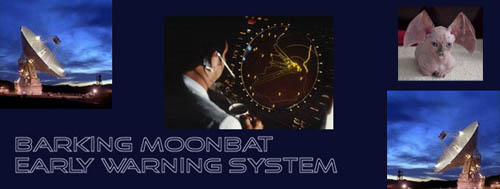
plane launced into space ….. and it’s made of paper … now that’s some kinda plane.
Taking this idea to the level beyond the next level:
Hydrogen balloons have been a background idea for heavy body lifting to low space altitudes for a long time. Screw helium. It’s too rare, too heavy, and too expensive. And above 35,000 feet a hydrogen balloon can’t catch on fire - not enough oxygen in the air. The Hindenburg could lift 112 tons of cargo, and that’s with the heavy weight of a rigid internal structure.
We have plenty of hydrogen. It lifts a bit more than helium. Low orbital shuttle-like space vehicles could drop down and pick the cargo up, or lower a skyhook of sorts. And the hydrogen could be taken in as fuel to run a space station. Build a lifting cradle that really is just conceptually a mess of big balloons and a lawnchair.
Even if you did have to use rockets to get things up the last hundred miles, getting them 100 miles up before ignition is going to save huge amounts of fuel and money. Heck, this helium balloon got 17 miles up, needing only another 44 miles to go to hit “official” space. How much higher do you think a rocket will go, when you start it from near the top of the atmosphere rather than the bottom? Science has the answer, but I don’t feel like doing the math. Hint: air density at 100K feet is 10 millibars, at 0K feet it’s 1 bar. So the drag is 99% less (rho is the “p” in equation 1). Turn it around: how much less rocket do you need to go up X miles when you start out 20 miles up? Answer: great steaming turdpiles less.